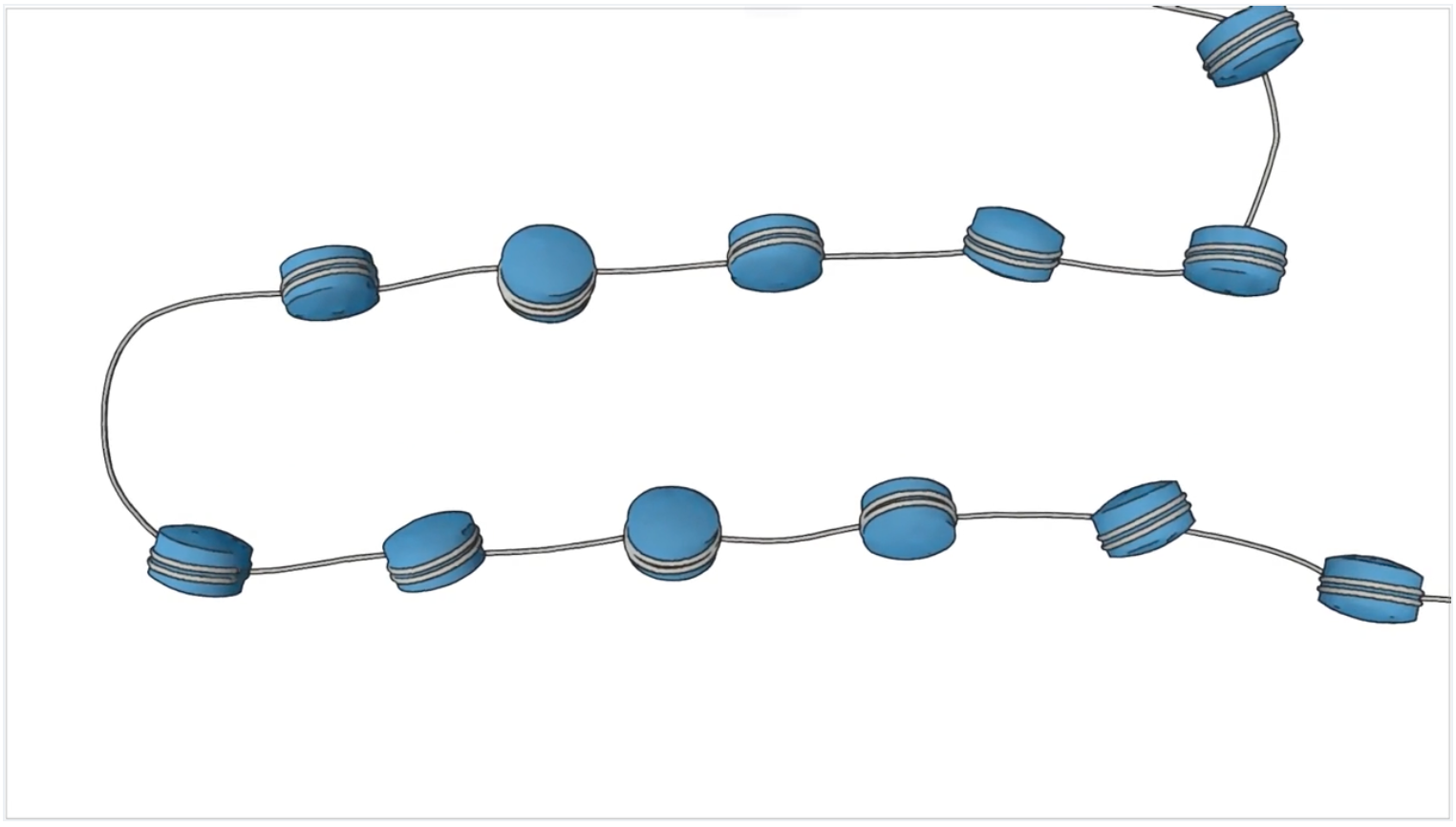
Acute myeloid leukemia as seen under a microscope. Image: Animalculist/CC BY-SA 4.0
At a glance:
- Study reveals why drugs that target a molecular complex mutated in up to a quarter of all cancers haven’t always worked as expected.
- Blocking a second molecule that steps up to compensate for the first should make treatments more effective, researchers showed in cell cultures.
- The team developed a computational method to predict the cell types and disease states for which a future treatment might be most useful.
Cancer cells are often a mess of mutations. About 20 to 25 percent of cancers involve mutations in a complex of molecules called SWI/SNF. Yet drugs designed to block SWI/SNF activity haven’t always worked as expected.
Researchers at Harvard Medical School have now figured out why.
As reported Nov. 2 in Cell, the team found that when drugs block SWI/SNF, a second molecule steps up to compensate.
Blocking this second molecule alongside SWI/SNF suppressed cancer cell growth in lab dishes, suggesting that a two-drug approach could make treatments more effective in people.
“I am excited about this work because it shows an alternative path forward for treating cancers in which the SWI/SNF complex is mutated,” said senior author Karen Adelman, the Edward S. Harkness Professor of Biological Chemistry and Molecular Pharmacology in the Blavatnik Institute at HMS, whose lab conducted the work.
“What’s interesting and meaningful about this study is it shows that a one-two punch, a double-agent therapy, could be really useful for keeping these cancer cells at bay,” she said.
Suppressing abnormal gene activity
The team made its discovery by answering questions about exactly how SWI/SNF works in both healthy and cancerous cells.
“If you understand exactly what the SWI/SNF complex is doing in normal cells you can find other vulnerabilities that show you how to do a better job of killing the cancer cells,” said Adelman. “Understanding basic mechanisms really helps you develop better therapeutic strategies.”
In human cells, DNA gets tightly packed into a form called chromatin that looks like a microscopic string of pearls. Various molecules called chromatin remodelers unspool chromatin in different spots, exposing certain genes so they can be used, and then repack the chromatin to tuck the genes away again.
SWI/SNF is one such chromatin remodeler. Researchers knew that it moves around the pearls, or nucleosomes, on the chromatin string — sliding them forward and back and sometimes plucking them off altogether — to control access to genes.
SWI/SNF treatments are supposed to suppress cancer-driving gene activity by stopping the mutated complex from providing inappropriate access to genes.

This is exactly what I like to do: start with a geeky question, then dig deep and come up with something that has broader implications.
Karen Adelman



